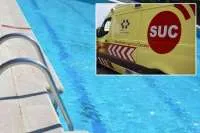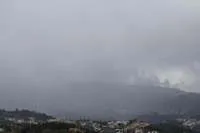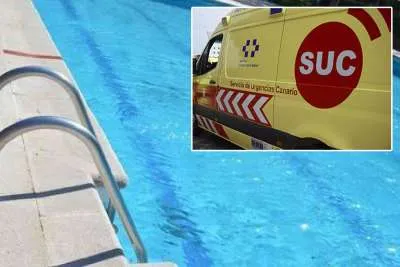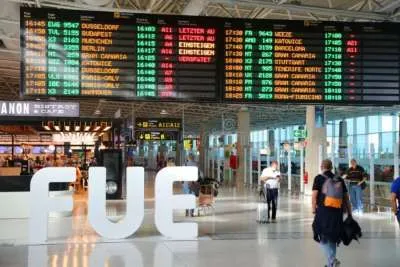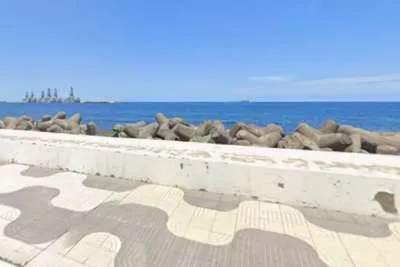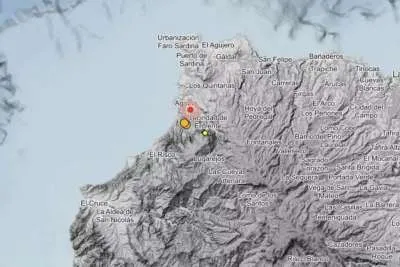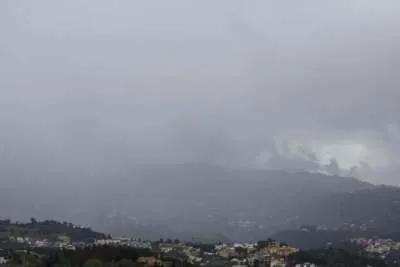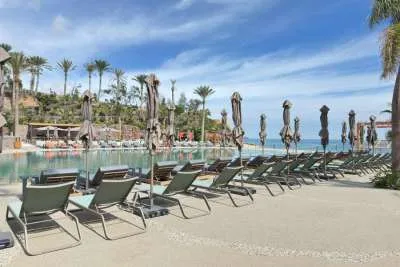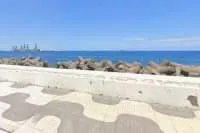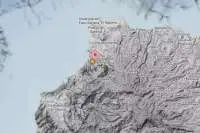Gases, landslides and high temperatures: the volcanic dangers that persist in La Palma
- 09-01-2022
- National
- Canarian Weekly
The Pevolca scientific committee have reminded that volcanic dangers still exist on La Palma, three weeks after the eruption was officially announced to be over, and are advising that it is not recommended to approach lava flows due to the serious risk of exposure to gases, landslides and still, very high temperatures.
The Emergency Services Coordination Centre of the Canary Islands has also reported that roads in the areas affected by the eruption have been re-opened and that basic services such as water supply have been restored.
The La Palma Cabildo has said that in the next few weeks they will complete the task of transferring water from the north to the south of the island, through the fire network in the El Pilar area, as well as the connection of this network to the deposits located in Fátima and Las Norias.
In addition, Pevolca confirmed that the work on the access road to Puerto Naos is nearing completion, after being affected by the presence of gases in the area, and that the pier to be built in La Punta del Negro area is awaiting results from studies to establish the depth and state of the seabed in order to decide the actions to be carried out.
On Friday, residents of population centres both north and south of the lava were allowed to return to their homes, and the collection of their belongings has been enabled in the JTI, where they were being stored so that they can be delivered to their homes.
According to the Red Cross, there are 539 people housed in hotels, 344 are in Fuencaliente, 125 in Breña Baja and 70 in Los Llanos de Aridane, and they estimate 90 people could leave the hotels to return to their homes after the authorized relocation on Friday. The rest, several thousand, are either staying with friends or family, or have returned home already.
Pevolca have also informed that this Friday was the first day since the volcanic crisis began on La Palma, that no earthquakes were recorded by the National Geographic Institute (IGN). The last one was at 10:20pm on January 6th, with a magnitude of 1.6 at a depth of 10 kilometres.
Regarding the lava flows, temperatures of up to 300°C are still being recorded in some areas, which is why they shouldn’t be approached, and only the clearance of the coolest ones is being carried out by the authorities at this stage.
Likewise, since January 4th, the date of the previous report, air quality due to sulphur dioxide emissions (SO2), the pollutant associated with the eruptive process, has remained at good levels in all areas.
Other articles that may interest you...
Trending
Most Read Articles
Featured Videos
A Vision of Elvis Tenerife Promo
- 10-05-2025
Tenerife Travel Guide
- 13-12-2024
Live webcam from Lanzarote airport
- 13-12-2024





